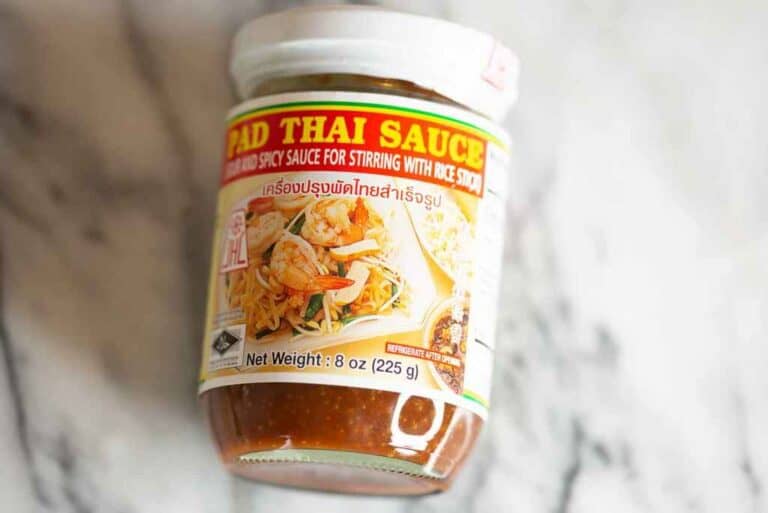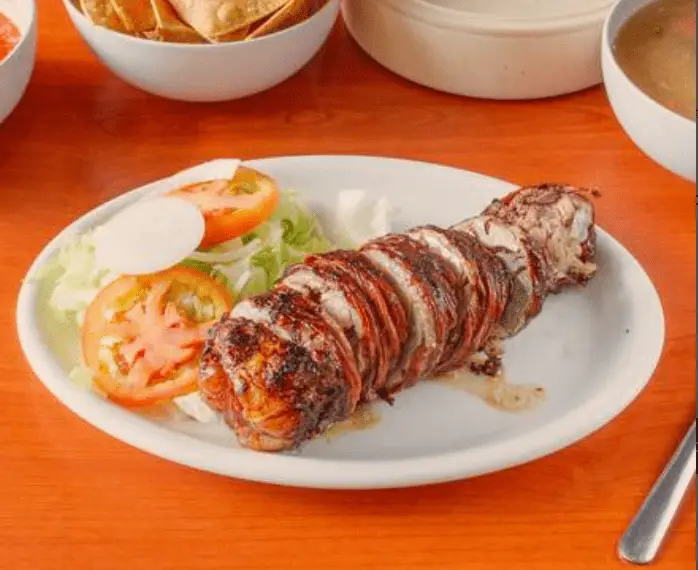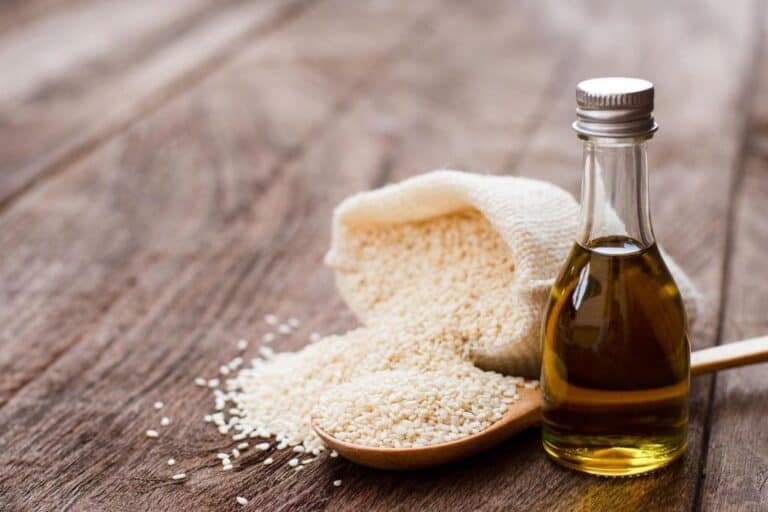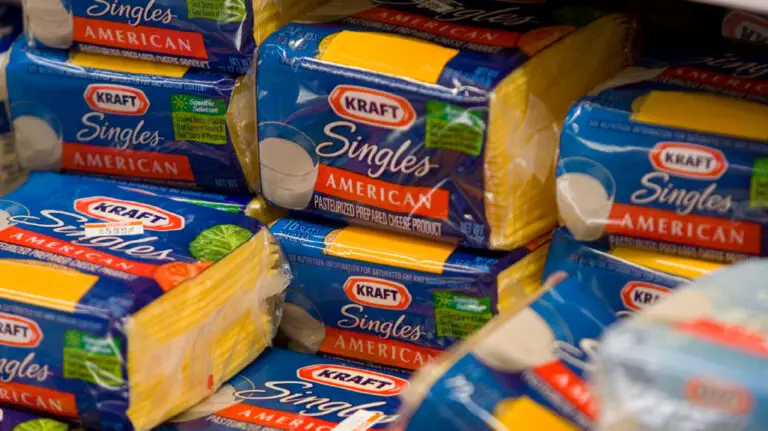What Cheese to Use for Fajitas? Secret Ingredients to Delicious Fajitas
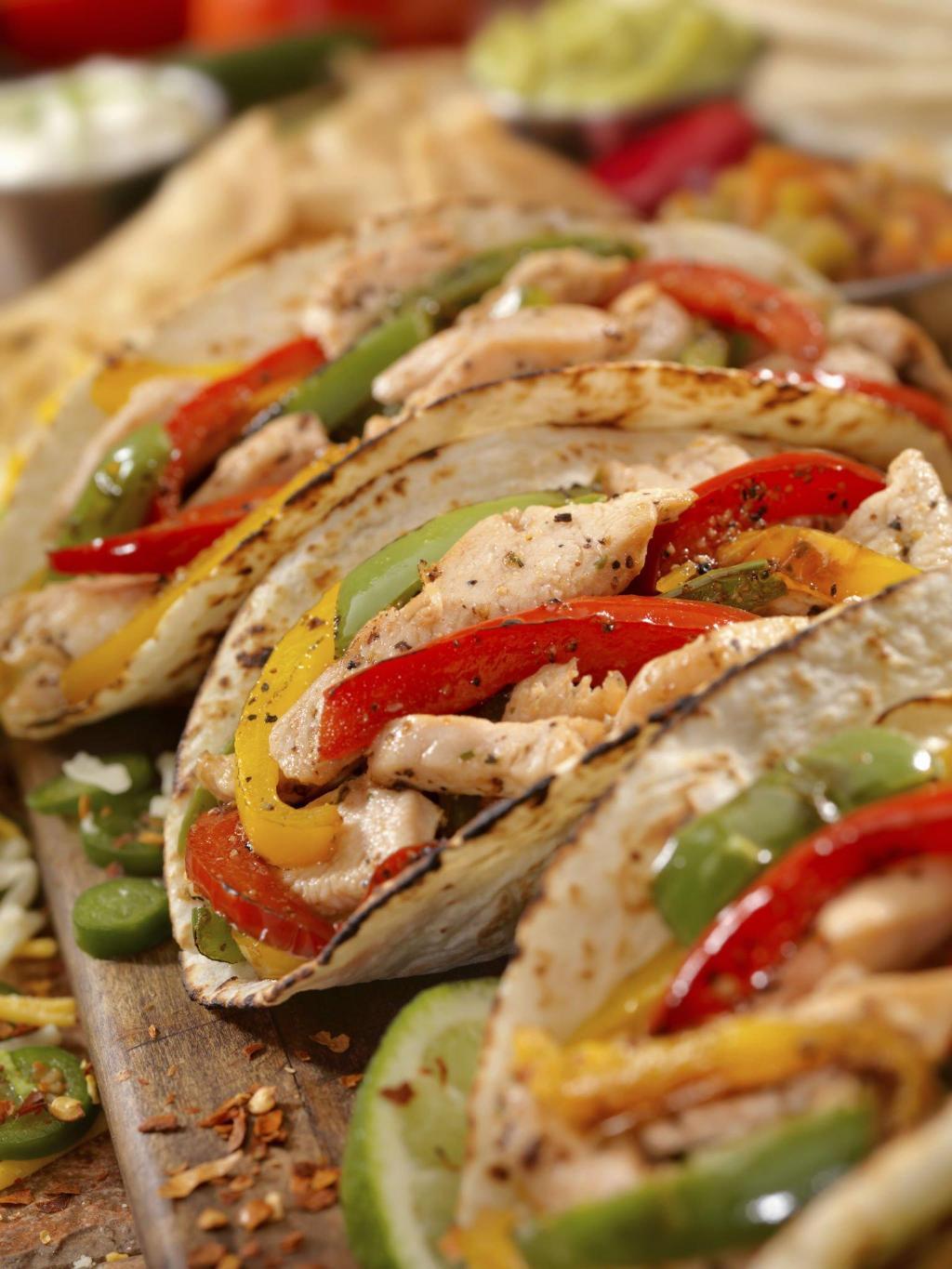
Are you looking to make delicious fajitas? Do you know what cheese you should use but just don’t know why?
Fajitas are a classic Tex-Mex dish that has become a household staple. So, what cheese should I use for fajitas? Popular cheeses for fajitas include cheddar, Monterey Jack, queso blanco, and queso franco.
In this article, you will find out why the right cheese is so important for your fajitas and learn the secret ingredients to making them truly delicious. We will explain the different types of cheese that go best with different kinds of fajitas so that you can find out what type of cheese is best for you.
Get ready to elevate your fajitas game with the perfect cheese that’ll make them taste even better!
What Exactly Are Fajitas and Why Are They So Popular?
Fajitas are a beloved Tex-Mex dish that has become increasingly popular around the world. Fajitas consist of marinated, grilled meat served on a flour or corn tortilla. The term “fajita” literally means “little sash” in Spanish
There are a number of reasons why fajitas have become so popular and a mainstay in many restaurants and homes.
One of the key reasons for their popularity is their versatility. Fajitas can be made with chicken, beef, shrimp, or even tofu, so they can be eaten by people with a wide range of food preferences and restrictions.
They can also be made with a lot of different toppings and sides, like cheese, guacamole, salsa, and sour cream, so you can make a lot of different meals and flavor combinations.
Another factor contributing to their popularity is their ease of preparation. Fajitas are easy to make because they only need a few basic ingredients and a short amount of time in the oven. They can be prepared in a skillet on the stovetop or even grilled outside during the summer months, making them a quick and convenient option for busy weeknights or relaxed weekend meals.
Fajitas are also cheap, which makes them a good choice for families and people who are on a tight budget. Fajita ingredients are easy to find and can often be bought in bulk, which makes them a good choice for meal planning on a budget.
Also, fajitas are a satisfying and filling meal that can be served in big portions. This makes them a popular choice for large gatherings and parties.
Finally, fajitas are visually appealing and serve as a colorful and vibrant dish. Meats that have been grilled, peppers and onions that have been sauteed, and melted cheese are all served on a hot skillet. This makes for an inviting and tasty presentation. Fajitas are a popular choice for both casual and fancy meals because they look good and taste good.
Factors to Consider When Choosing Cheese for Fajitas
1. Flavor Profile
When choosing cheese for fajitas, it’s important to think about how the cheese tastes. Different cheeses have varying levels of saltiness, tanginess, and richness, which can affect the overall taste of the dish. Think about putting cheese with foods that have flavors that are similar to the meats and vegetables in the fajitas. This will make the flavors blend together.
2. Melting Ability
When choosing cheese for fajitas, it’s also important to think about how well the cheese melts. Some cheeses melt easily and create a creamy texture, while others may become rubbery or stringy when melted. It is important to choose a cheese that will melt evenly and create the desired texture for the dish.
3. Spiciness
If you prefer a spicy fajita, consider choosing a spicy cheese like Pepper Jack. If you prefer a milder fajita, choose a milder cheese like Monterey Jack or Cheddar. The level of spiciness in the cheese will affect the overall heat of the dish, so choose wisely based on your preferences.
4. Texture
The texture of the cheese is also important when choosing it for fajitas. Some cheeses are smooth and creamy, while others are crumbly or stringy. To make a dish that goes well together, think about how the texture of the cheese goes with the texture of the meat and vegetables.
5. Personal Preference
Ultimately, the cheese you choose for your fajitas will come down to personal preference. Experiment with different cheese varieties to find the combination that you enjoy the most. Whether you prefer a tangy and creamy cheese like Queso Blanco or a spicy and gooey cheese like Pepper Jack, the choice is yours.
What Cheese to Use for Fajitas?
1. Cheddar Cheese
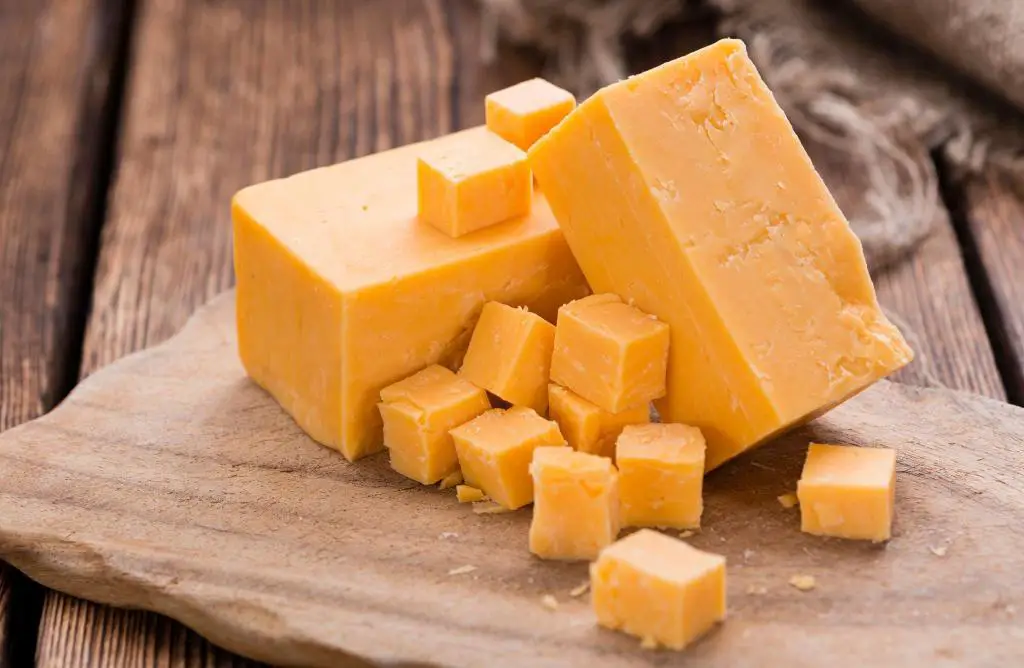
Cheddar cheese is a hard, smooth cheese with a sharp, tangy flavor. It melts easily and creates a creamy, gooey texture that pairs well with the juicy and flavorful meats in fajitas. Cheddar is often used in fajitas because it adds richness and depth to the dish without making the other flavors stand out too much.
2. Monterey Jack cheese
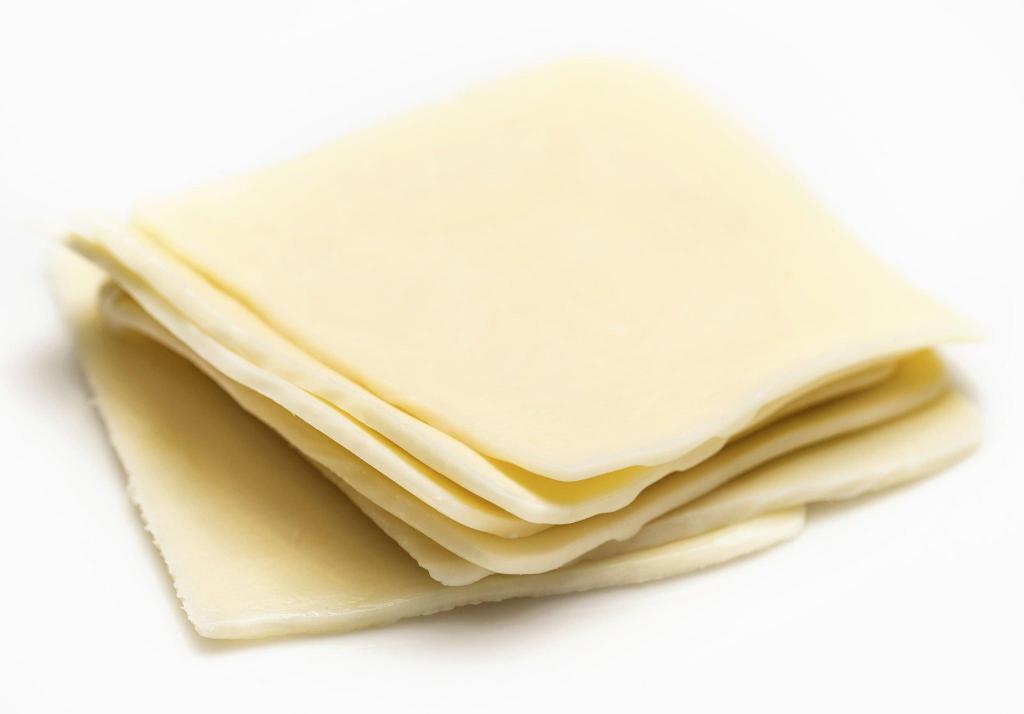
Monterey Jack cheese is mild and semi-hard. It tastes creamy and a little bit nutty. It is an excellent melting cheese, making it an ideal choice for fajitas. When Monterey Jack cheese melts, it makes the dish smooth and creamy, which goes well with the juicy meats and vegetables.
3. Queso Blanco
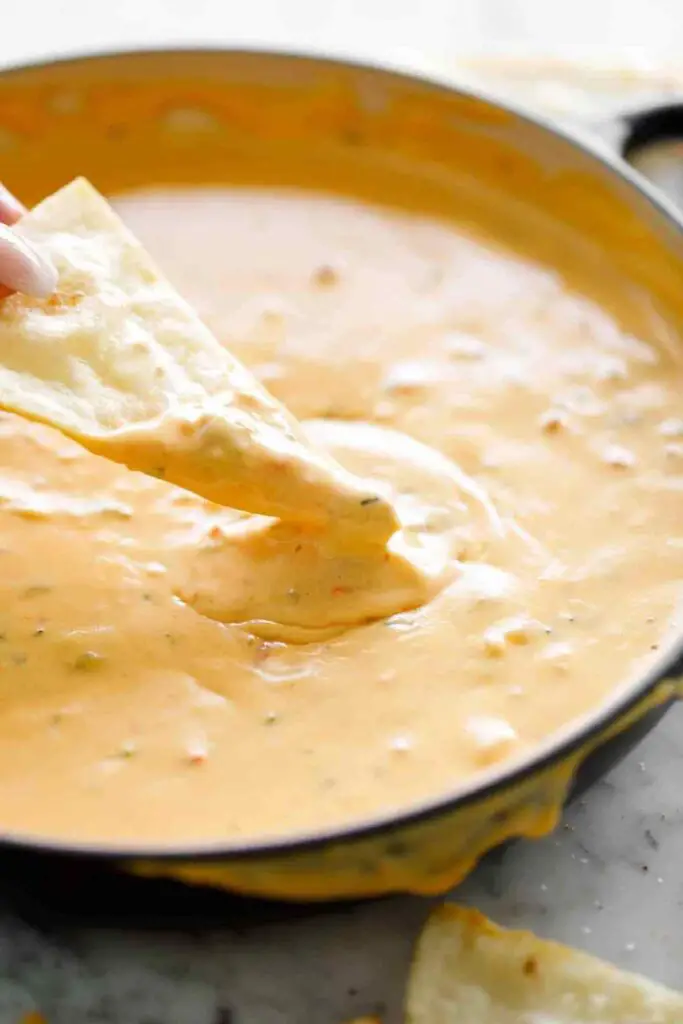
Queso Blanco is a Mexican cheese that is similar to a mild feta cheese. It has a slightly salty and tangy flavor and a crumbly texture. When melted, it creates a creamy and slightly chunky texture that adds a unique touch to fajitas. Queso Blanco is often used in place of other cheese varieties, as it provides a bold and tangy flavor that helps to balance the spiciness of the dish.
4. Queso Fresco
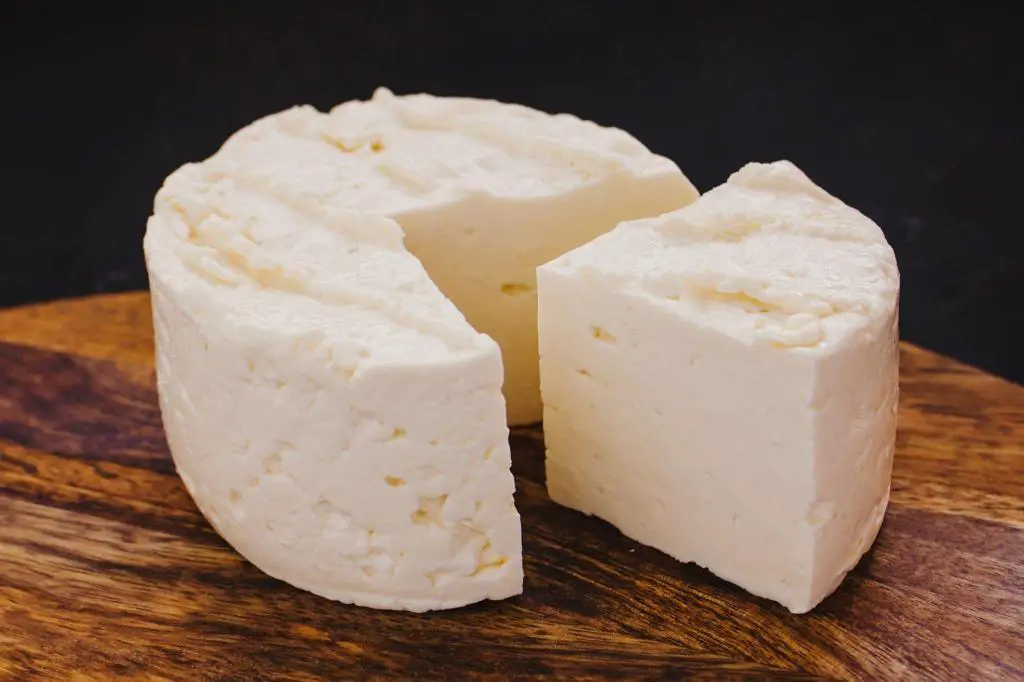
Queso Fresco is another popular Mexican cheese that is mild, slightly salty, and crumbly in texture. It is often used in fajitas as a topping, as its creamy and slightly tangy flavor pairs well with the juicy meats and vegetables in the dish. Queso Fresco is a versatile cheese that can be added to the filling of fajitas to make them creamier and tastier.
5. Pepper Jack Cheese
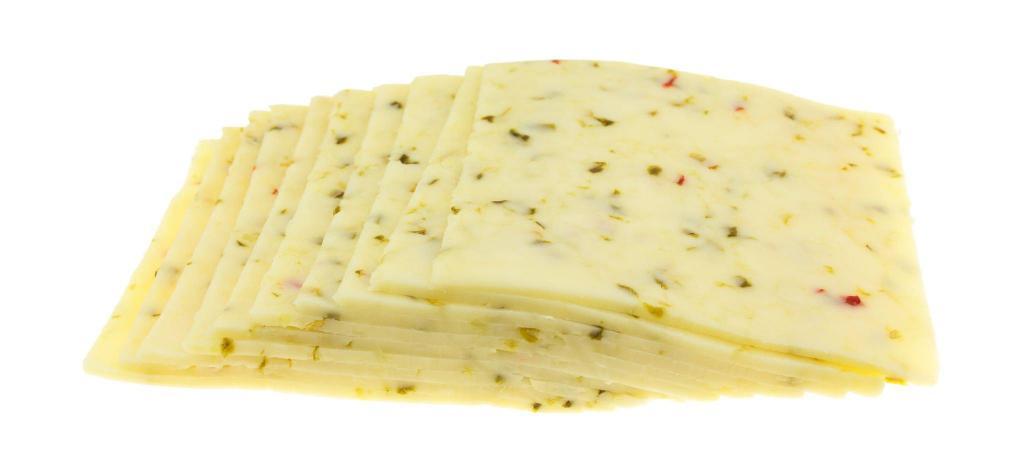
Pepper Jack cheese is a spicy and creamy cheese that is perfect for those who enjoy a bit of heat in their food. It is a semi-hard cheese with a smooth texture and a spicy flavor that is infused with jalapeo peppers. Pepper Jack cheese adds a bold and spicy flavor to fajitas, making it a popular choice for those who enjoy a little extra kick in their food.
How Much Cheese Do You Put in Fajitas?
When it comes to making fajitas, cheese can be a delicious addition that adds an extra layer of flavor and texture. However, the amount of cheese you use can greatly impact the overall taste and balance of your dish.
In general, we suggest adding 1/4 cup of shredded cheese per fajita. This amount allows for just enough cheese to be evenly distributed among the ingredients without overpowering the other flavors. You can use any type of cheese that you prefer, but a Mexican blend or cheddar work well in this dish.
When preparing your fajitas, you can sprinkle the cheese over the top of the cooked veggies and meat and then let it melt for a few seconds before serving. Alternatively, you can place a few slices of cheese on top of the ingredients and wrap the fajita tightly in aluminum foil. This will allow the cheese to melt and blend with the other flavors, creating a creamy and savory experience with each bite.
It is important to remember that cheese is high in fat and calories, so adding too much can quickly turn your healthy meal into an indulgent treat. If you are watching your calorie intake, you can always reduce the amount of cheese you use, or opt for a lower-fat cheese alternative.
The Secret Ingredients to Delicious Fajitas with Cheese
1. Using Cheese as a Topping
Putting cheese on top of your fajitas is an easy and effective way to make the dish taste and feel better. When melted, the cheese creates a creamy and gooey texture that pairs well with the juicy meats and vegetables in the fajitas. Sprinkle grated cheese over the top of the fajitas before serving for an extra layer of flavor and texture.
2. Incorporating Cheese into the Filling
Another secret ingredient for delicious fajitas with cheese is to incorporate the cheese into the filling. Mix grated cheese into the meat and vegetable filling before cooking to create a creamier and more flavorful dish. The cheese will melt evenly into the filling and give the fajitas a rich, tangy taste.
3. Mixing Cheese with Other Ingredients
Mixing cheese with other ingredients can also create a delicious and unique flavor experience. You could make a tasty cheese filling for your fajitas by mixing cheese with herbs, spices, sauces, or other seasonings. Experiment with different ingredients and ratios to find the combination that you enjoy the most.
You can add herbs such as cilantro, basil, or oregano to cheese for a fresh and herbal taste, or mix in spices such as cumin, chili powder, or paprika for a spicy and bold flavor. You can also add sauces like salsa, guacamole, or sour cream to make a filling that is both creamy and tangy.
4. Combining Multiple Cheeses
To take your fajitas to the next level, try combining multiple cheeses to create a complex and layered flavor profile. For example, mix grated cheddar cheese with crumbled queso fresco for a sharp and tangy flavor, or mix shredded mozzarella cheese with crumbled blue cheese for a creamy and earthy taste.
You can also use a blend of cheeses for a more balanced and rounded flavor, such as a combination of cheddar, mozzarella, and parmesan.
Related: Can You Eat Moldy Mozzarella Cheese? Is It Still Safe?
5. Pay Attention to Cooking Time and Temperature
When preparing fajitas with cheese, it’s important to consider the melting point of the cheese and the cooking time for the other ingredients. Some cheeses will melt quickly and create a creamy, gooey texture, while others may take longer to melt and create a firmer, stretchier texture. You can adjust the cooking time and temperature based on the type of cheese you’re using to achieve the desired result.
Making Tender Fajitas: Tips for Avoiding Chewy Meat
One of the common complaints about this dish is the chewy texture of the meat. If you’ve experienced this issue, it’s likely because you cut the steak in the wrong direction, or because you didn’t give it time to properly marinade.
One of the most important steps in making tender fajitas is cutting the beef against the grain. Meat can be made more tender by slicing it against the grain. This is because the muscle fibers run in one direction, and cutting against them makes them shorter and easier to chew.
When selecting your steak, look for cuts that are well-marbled and have a good balance of fat and muscle. These cuts are typically more tender and flavorful.
Another crucial step in making tender fajitas is marinating. Marination helps to break down the muscle fibers and infuse the meat with flavor. A marinade with acidic components, such as vinegar, citrus juice, or wine, is what you should pick. These ingredients help to tenderize the meat and enhance its flavor. For the best results, marinate the steak for at least 30 minutes and up to overnight.
Once the steak is sliced and marinated, it’s time to cook it. Overcooking the meat can make it tough and chewy, so it’s important to use a meat thermometer to ensure it’s cooked to your liking.
For a medium-rare steak, the internal temperature should be around 135°F. Cook the steak on a hot grill or in a hot pan with a little oil. Sear it on both sides for 2-3 minutes per side, then remove it from the heat and let it rest for 5 minutes before slicing.
Conclusion
In conclusion, the cheese you choose for your fajitas can make a big impact on the overall flavor and texture of the dish. Whether you opt for a classic cheddar cheese or a more unconventional option like queso fresco or Monterey Jack, the important thing is to choose a cheese that complements the spices and flavors in your fajitas.
Experiment with different cheeses and find the one that works best for you. To take your fajitas to the next level, consider adding secret ingredients like sour cream, guacamole, or a squeeze of lime juice. These small changes can make your fajitas taste better and make them a little creamier. So go ahead, get creative, and make your fajitas truly delicious!

